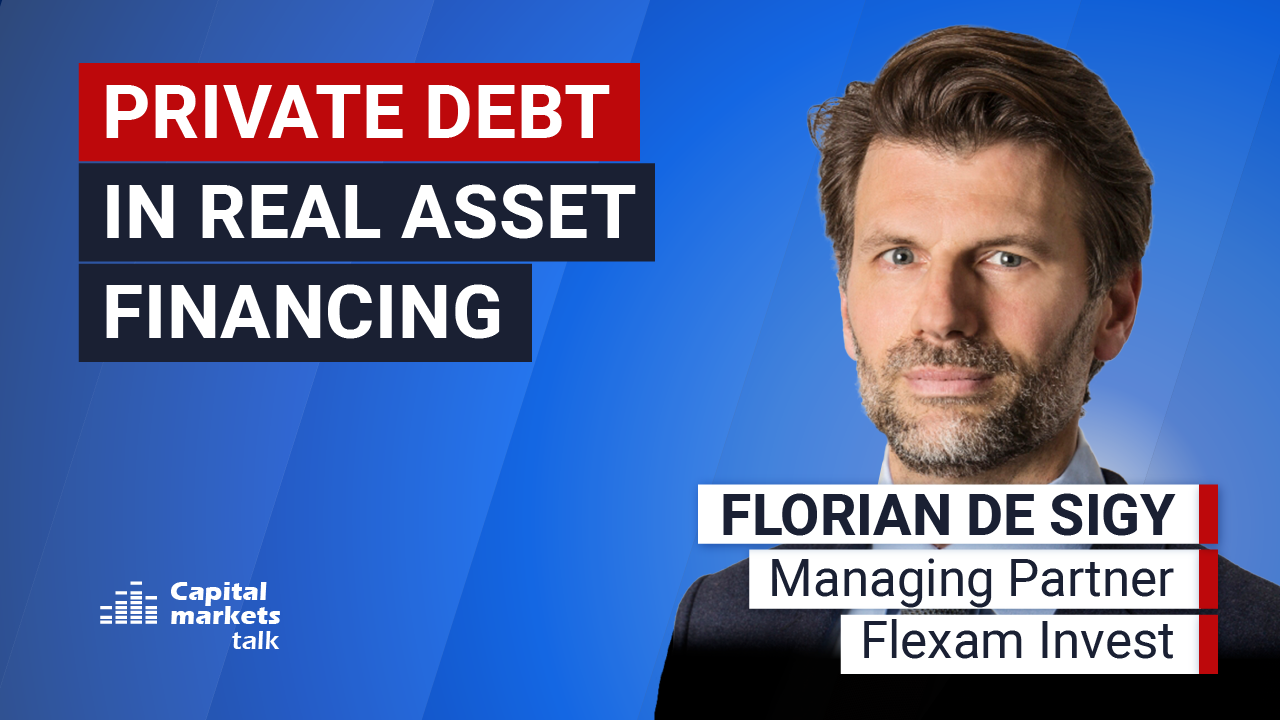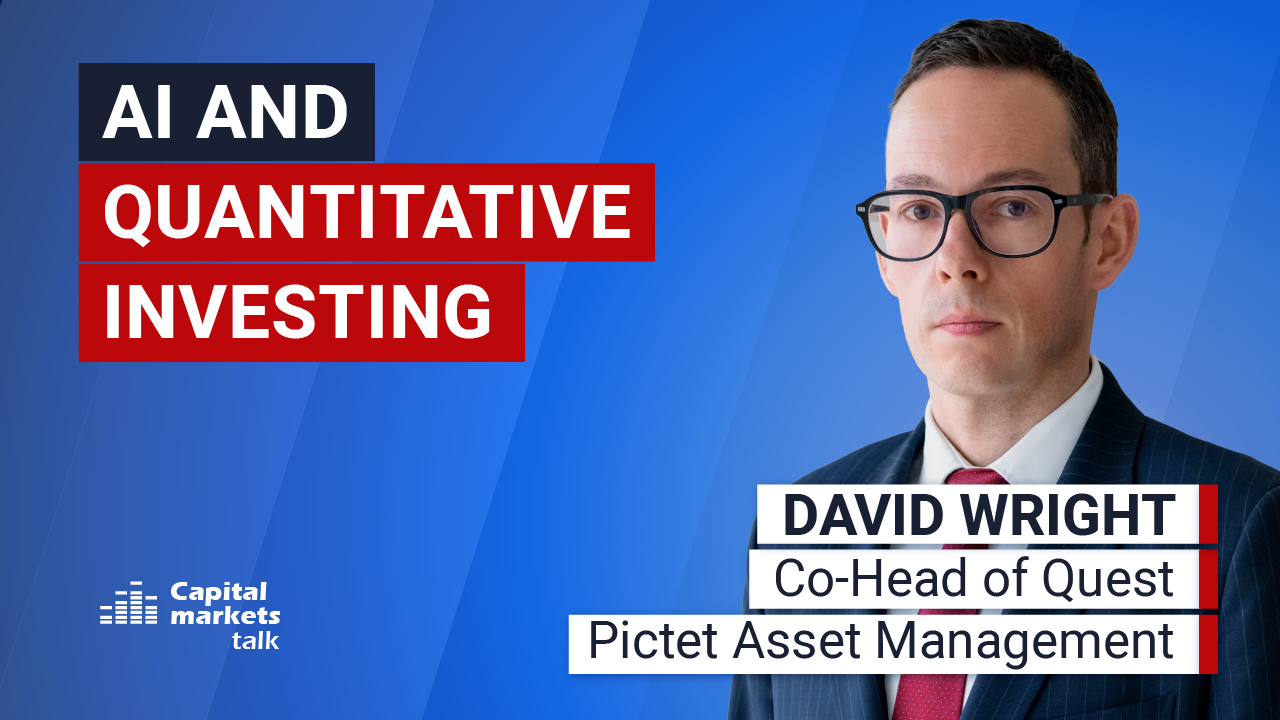Private credit markets have been one of the fastest-growing segments in asset management over the last decade. Asset managers highlight its capacity to deliver stable returns and diversification amid evolving macroeconomic and credit market dynamics and draw a positive Private Credit Outlook 2025.
According to Muzinich’s Private Debt Team, the growth of private credit has historically been driven by the search for yield during a prolonged phase of low or even negative interest rates. However, they note that the asset class remains a compelling and substantial investment opportunity. They favour the lower-middle market, identifying significant opportunities to provide capital to companies with strong credit fundamentals, especially as banks reduce their lending activities. Muzinich also believes this segment will continue to deliver attractive risk-return dynamics, particularly as the upper-middle market faces increasing competition and margin compression.
Looking at regions, Muzinich sees a broad range of opportunities across European sectors such as healthcare, consumer staples, technology and education, with a strong preference for more predictable and less cyclical sectors. In the US, the asset manager highlights opportunities in healthcare services, IT and business services. “In Asia, we see attractive risk-adjusted return opportunities in Indonesia, Singapore and Hong Kong, in sectors such as utilities, digital infrastructure and industrial manufacturing. These sectors provide opportunities across the capital structure, from senior-secured to second-lien loans,” writes Andrew Tan, Muzinich’s Head of Asia Pacific Private Debt, in the Private Credit Outlook.
Alternative asset manager Apollo points to the question of why large corporate borrowers would choose a private solution for financing rather than the public markets. “We firmly believe in the enduring power of private credit throughout dynamic market cycles,” says James Vanek, Co-Head of Global Performing Credit at Apollo. “In fact, we continue to see growing demand for large-scale lending by borrowers seeking multiple types of capital solutions, and we attribute this to the key benefits private credit can offer—i.e., customisation, speed, and certainty of execution—which are not available in the syndicated market,” he explains.
Morgan Stanley as well highlights that more and more companies are opting to remain private for longer. According to Paul Jodice, Co-Head of Global Investment Manager Analysis, Wealth Management, a key reason is that greater access to investment capital in the private markets makes it easier to remain private. “As a result, the companies that do eventually go public appear to be waiting longer. Consider: In 1980, the median age of a company at its initial public offering (IPO) was six years; by 2022, that number had doubled to 12,” he explains.
Staying private for longer, companies often create significant value for their shareholders, Jodice points out further. However, investing in private markets can be complex and generally requires a longer time horizon than public market investing.
Read more

Global Trade
Trump ignites global trade war / Reactions
The USA itself will be the victim of Trump’s trade policy.

Private Debt
The case for private debt in real asset financing
What makes the combination of private debt and real assets particularly compelling in today’s market?

Schroders
Looking ahead: 30-year return forecasts
Higher returns are expected across asset classes, driven by stronger productivity growth for equities and elevated long-term central bank rate projections for bonds.

Quant Investing
AI and quantitative investing
Artificial intelligence applications go way beyond stock selection.

Bellevue Asset Management
Demographics and AI drive MedTech stocks
MedTech investment case: What makes it attractive, which trends stand out?





















